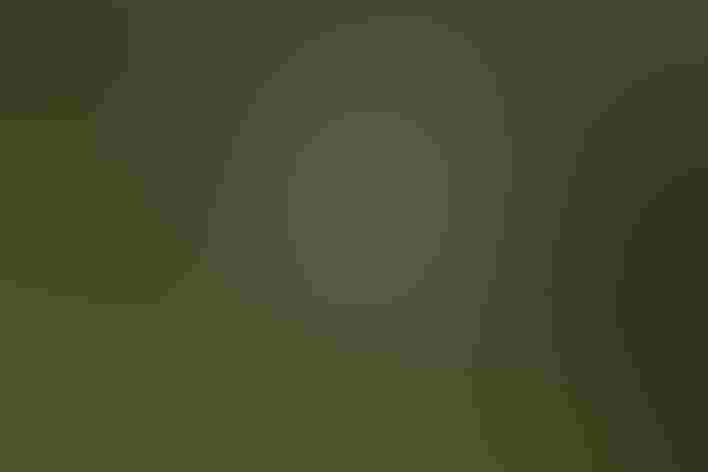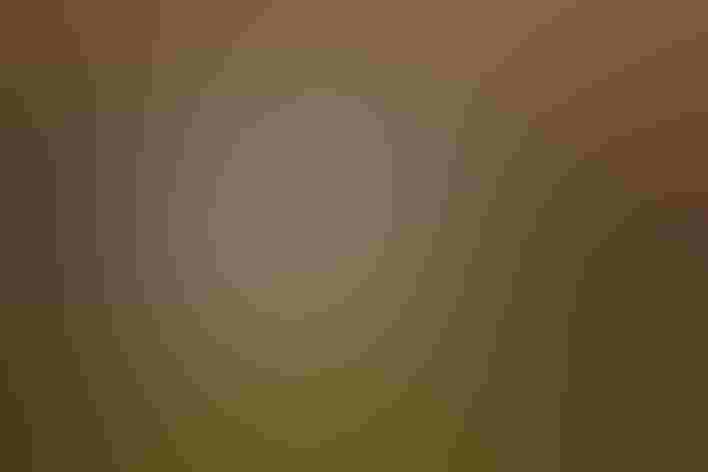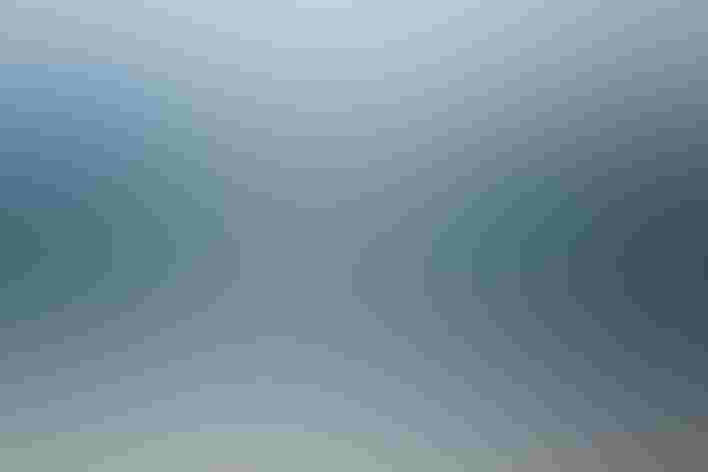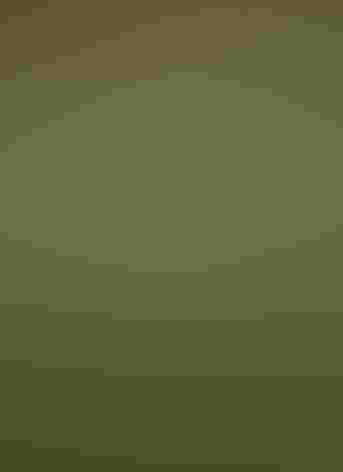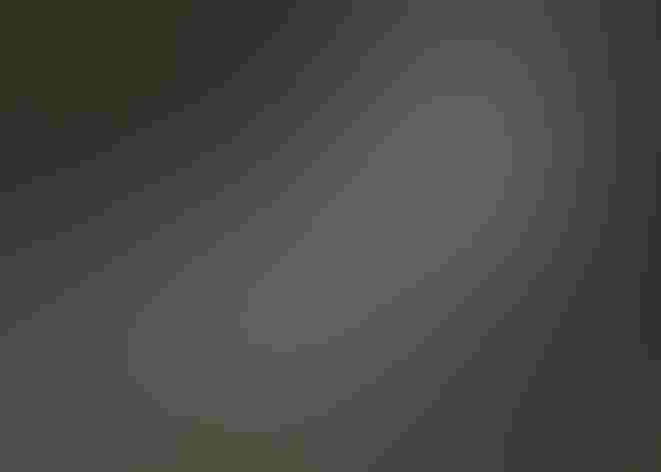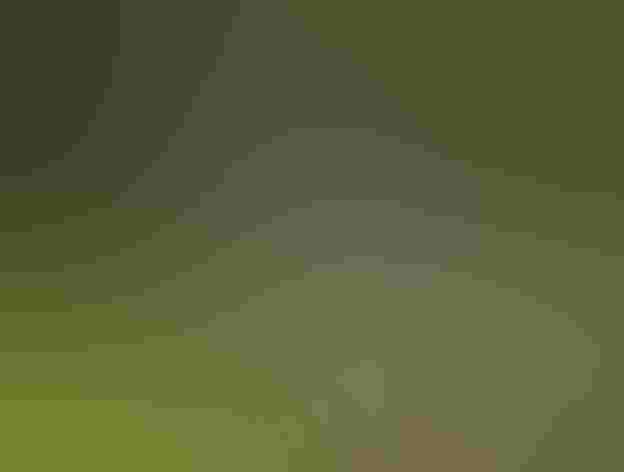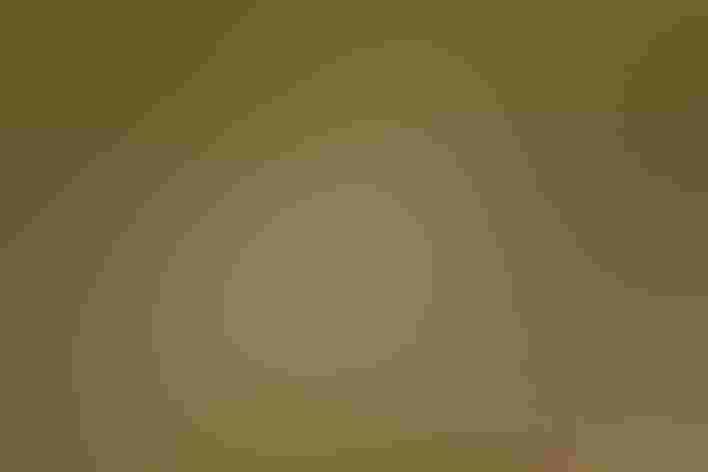Snowy Egret
At a Glance
A beautiful, graceful small egret, very active in its feeding behavior in shallow waters. Known by its contrasting yellow feet, could be said to dance in the shallows on golden slippers. The species was slaughtered for its plumes in the 19th century, but protection brought a rapid recovery of numbers, and the Snowy Egret is now more widespread and common than ever. Its delicate appearance is belied by its harsh and raucous calls around its nesting colonies.
All bird guide text and rangemaps adapted from by Kenn Kaufman© 1996, used by permission of Houghton Mifflin Harcourt Publishing Company. All rights reserved.
Category
Herons, Egrets, Bitterns, Long-legged Waders
IUCN Status
Least Concern
Habitat
Coasts and Shorelines, Freshwater Wetlands, Lakes, Ponds, and Rivers, Saltwater Wetlands
Region
California, Eastern Canada, Florida, Great Lakes, Mid Atlantic, New England, Northwest, Plains, Rocky Mountains, Southeast, Southwest, Texas, Western Canada
Behavior
Direct Flight
Population
2.100.000
Range & Identification
Migration & Range Maps
After breeding season, may wander well north. Withdraws in winter from northern breeding areas; birds banded in United States recovered in Panama, Trinidad. Permanent resident in parts of Florida, southern coastlines, Pacific lowlands. On Pacific Coast, some may winter slightly north of breeding range.
Description
20-27" (51-69 cm). W. 3'2 (97 cm). Legs mostly black, with bright yellow feet ("golden slippers"). Bill black, with yellow on lores (in front of eye). Immatures may have legs mostly greenish at first, base of bill gray; see immature Little Blue Heron.
Size
About the size of a Mallard or Herring Gull, About the size of a Heron
Color
Black, White, Yellow
Wing Shape
Broad, Pointed, Rounded
Tail Shape
Short
Songs and Calls
A harsh squawk.
Call Pattern
Falling, Flat, Simple
Call Type
Croak/Quack, Odd, Raucous
Habitat
Marshes, swamps, ponds, shores. Widespread in many types of aquatic habitats, including fresh and salt water; in coastal areas, may seek sheltered bays. Inland, favors extensive marshes and other large wetlands. Sometimes forages in dry fields. Nests in colonies in trees, shrubs, mangroves, sometimes on or near the ground in marshes.
Sign up for ÃÛèÖAPP's newsletter to learn more about birds like the Snowy Egret
Behavior
Eggs
3-5, sometimes 2-6. Pale blue-green. Incubation is by both sexes, 20-24 days.
Young
Both parents feed young. Last young to hatch may starve. Young may clamber out of nest after 20-25 days, probably unable to fly before 30 days.
Feeding Behavior
Often forages actively, walking or running in shallow water, also standing still and waiting for prey to approach. May stir bottom sediments with feet to startle prey into motion. Sometimes hovers and then drops to water. Also may feed in open fields, sometimes following cattle to catch insects flushed by the animals.
Diet
Includes fish, insects, crustaceans. Diet is varied, includes fish, crabs, crayfish, frogs, snakes, insects, snails, worms, lizards, rodents.
Nesting
Breeds in colonies, often or usually mixed with other species of wading birds. Male selects nest site and displays there to ward off rivals and attract a mate. Displays include pointing bill straight up, raising all plumes, and pumping head up and down while calling; variant of this sometimes given in short flight. Also flies in circles around nest site; flies high and then tumbles down. Nest: Site is in tree or shrub, usually 5-10' up, sometimes on ground or higher in tree. Nest (built by both sexes) is a platform of sticks.
Conservation
Conservation Status
Numbers were decimated in late 1800s by plume hunters. With protection, populations recovered. In recent decades, has expanded breeding range far north of historical limits. Probably still expanding range and increasing population.
Climate Threats Facing the Snowy Egret
Choose a temperature scenario below to see which threats will affect this species as warming increases. The same ÃÛèÖAPP change-driven threats that put birds at risk will affect other wildlife and people, too.



